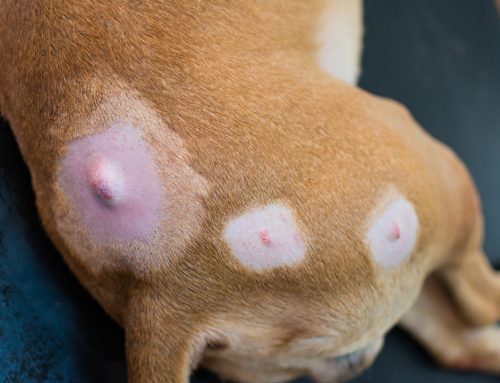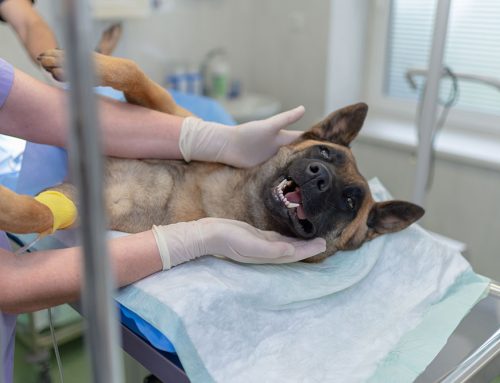Arthritis and Cold Weather: Degenerative Joint Disease in Winter What is DJD? DJD arthritis affects joints making them stiff and painful to move. DJD can affect any dog and almost any joint, including the spine. How will DJD affect my dog? Different breeds, and differently sized dogs, may often feel the effects in different joints:
- For a smaller dog, DJD is often most prevalent in the spine or knees. Small dogs, who are much lighter on their feet, may not show signs of DJD as obviously as large dogs. Watch small dogs carefully; if you see them occasionally hopping, have them checked out by your veterinarian.
- For a larger dog, the knees can still be involved, but we often see DJD in the hips or shoulders.
Depending on the joint involved and the dog’s genetic predisposition, the onset of the DJD could be as early as two years old. DJD, sadly, is a chronically progressive disease. Left untreated, it can continually get worse as your pet ages. In some cases, DJD can be extremely debilitating leaving some dogs (in the advanced stages) with compromised mobility. DJD And The Cold One way to combat the effects of DJD is with movement; activity helps the joints combat stiffness which in turn reduces pain. In the cold weather, joints stiffen up and are less prone to movement. As people with arthritis know, joints feel stiffer in the morning and in the cold. Also when it’s cold, we’re more reluctant to get up and get moving, the one thing that will help! That’s the double whammy of DJD in the winter, the cold actually makes it worse at a time when we and our pets are less inclined to get out and make it better. You have to combat your own unwillingness to get out and walk your dog; force yourself to do so at least twice a day. You’ll both feel better for it. The movement will help your dog maintain good muscle tone, and muscle tone is crucial to combating arthritis. The less we push our dogs to do, the more we let them give in to the pain and stiffness. If we give in to the cold, muscle will atrophy, and your dog will have less strength for activities that will help him improve. If your dog has sensitive pads and is less inclined to get out for exercise when there?s ice on the ground, you may consider pad protectors or booties. If you haven?t been out with him in a while, start slow at first. If your dog’s symptoms persist or are severe, see your veterinarian for a thorough examination. There are effective medications and non-medical treatments that can help decrease inflammation and reduce associated pain. This will help keep your dog mobile which will, in turn, help combat the disease’s progression. If you thought your aging, arthritic dog would provide you with a good excuse to stay indoors (and eat chips on the couch), au contraire! Up and at ’em!






Leave A Comment